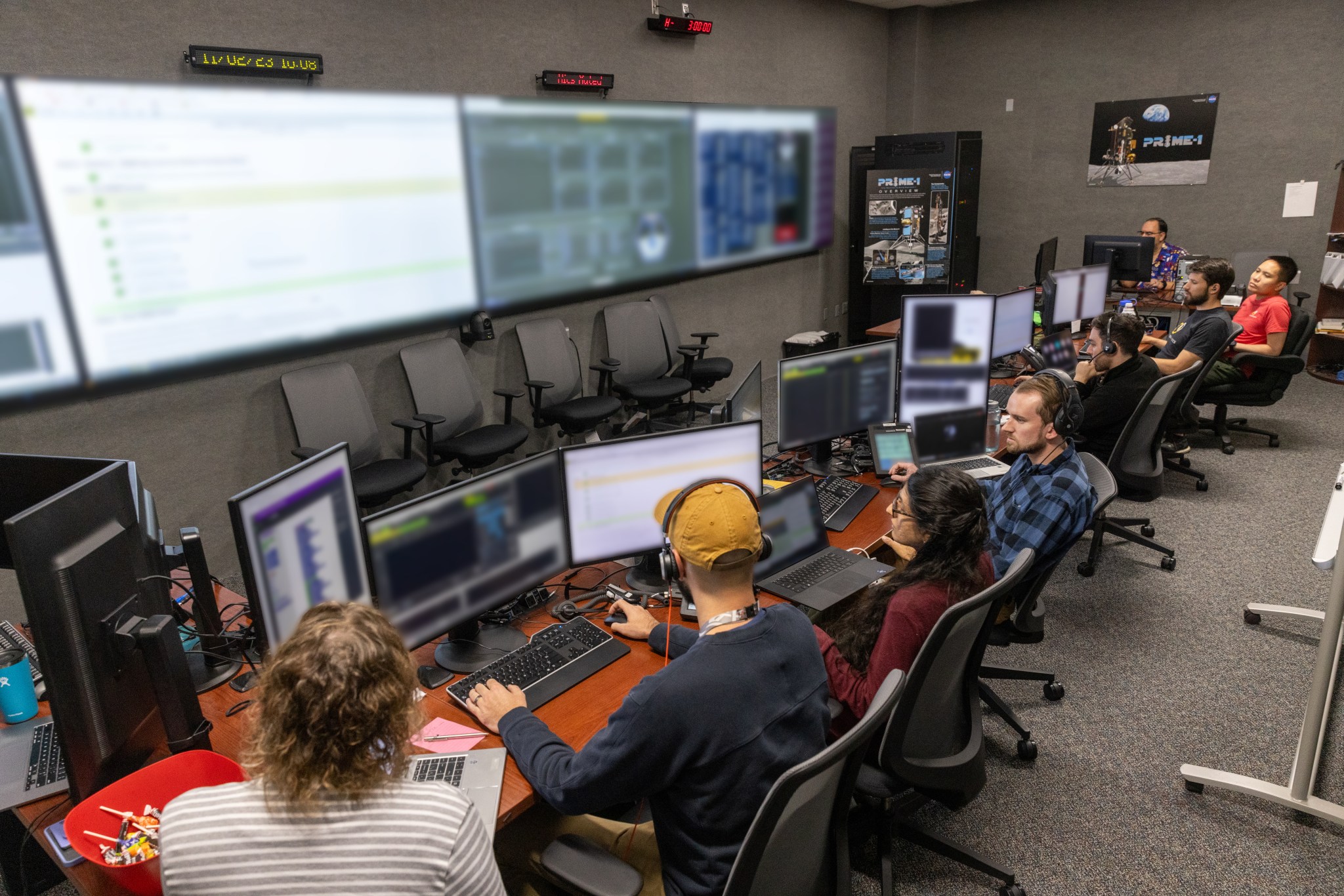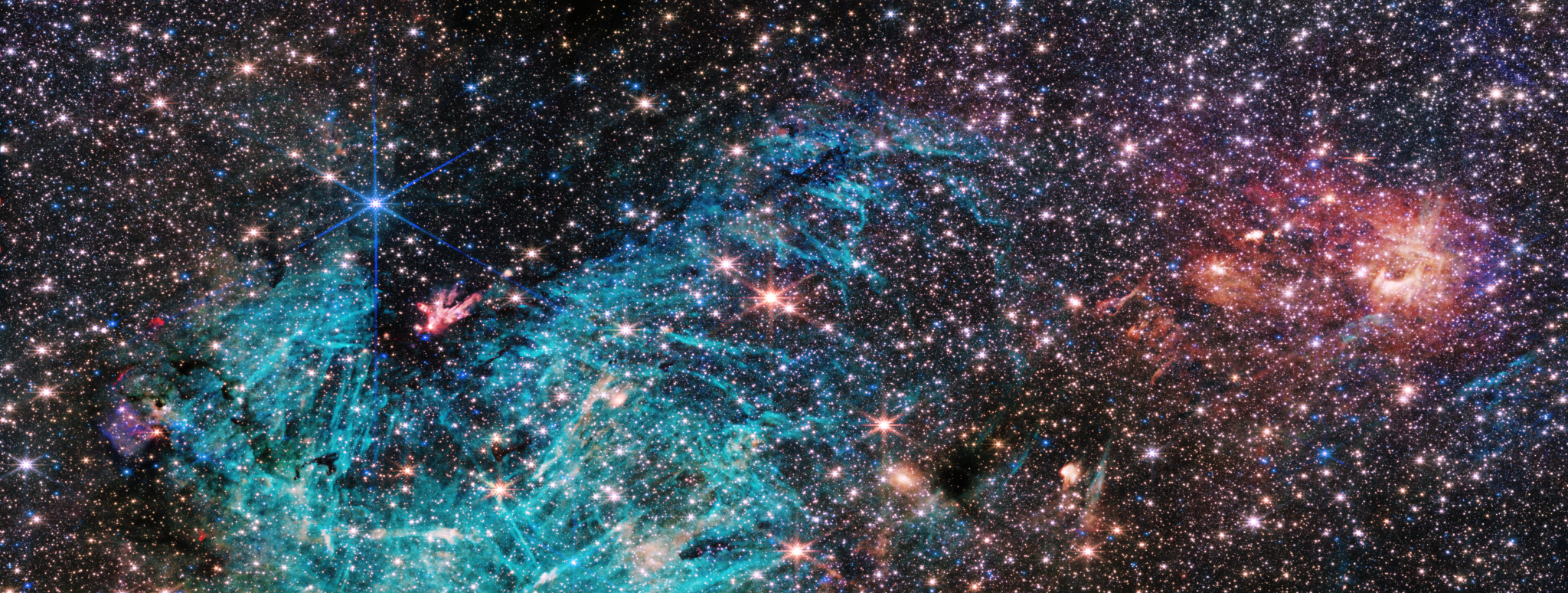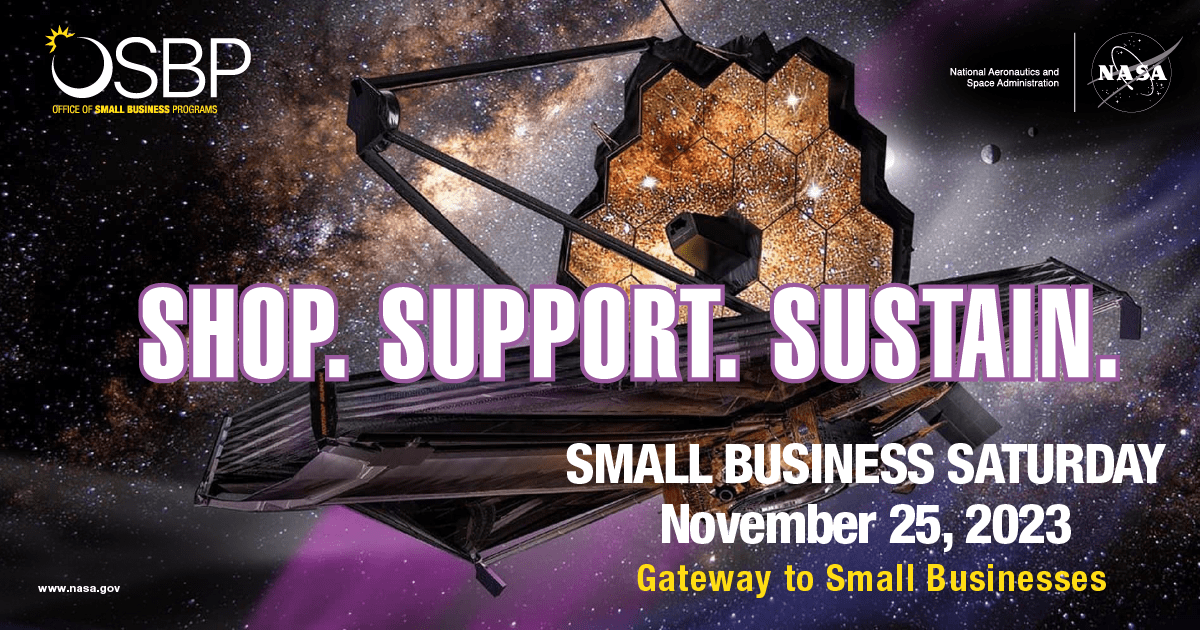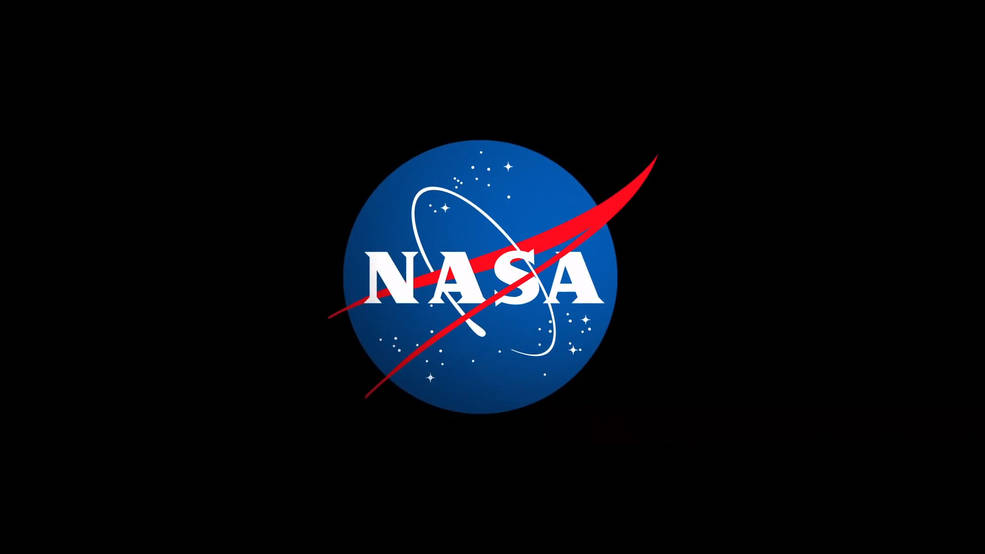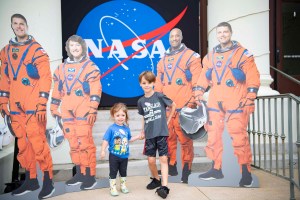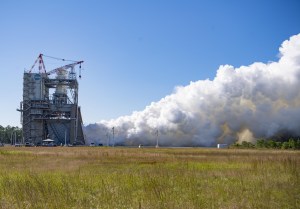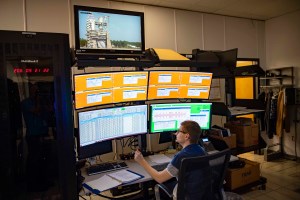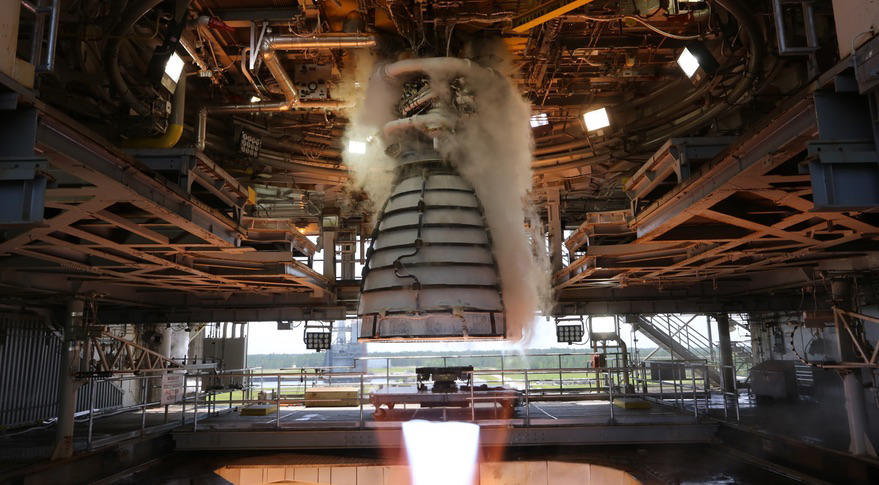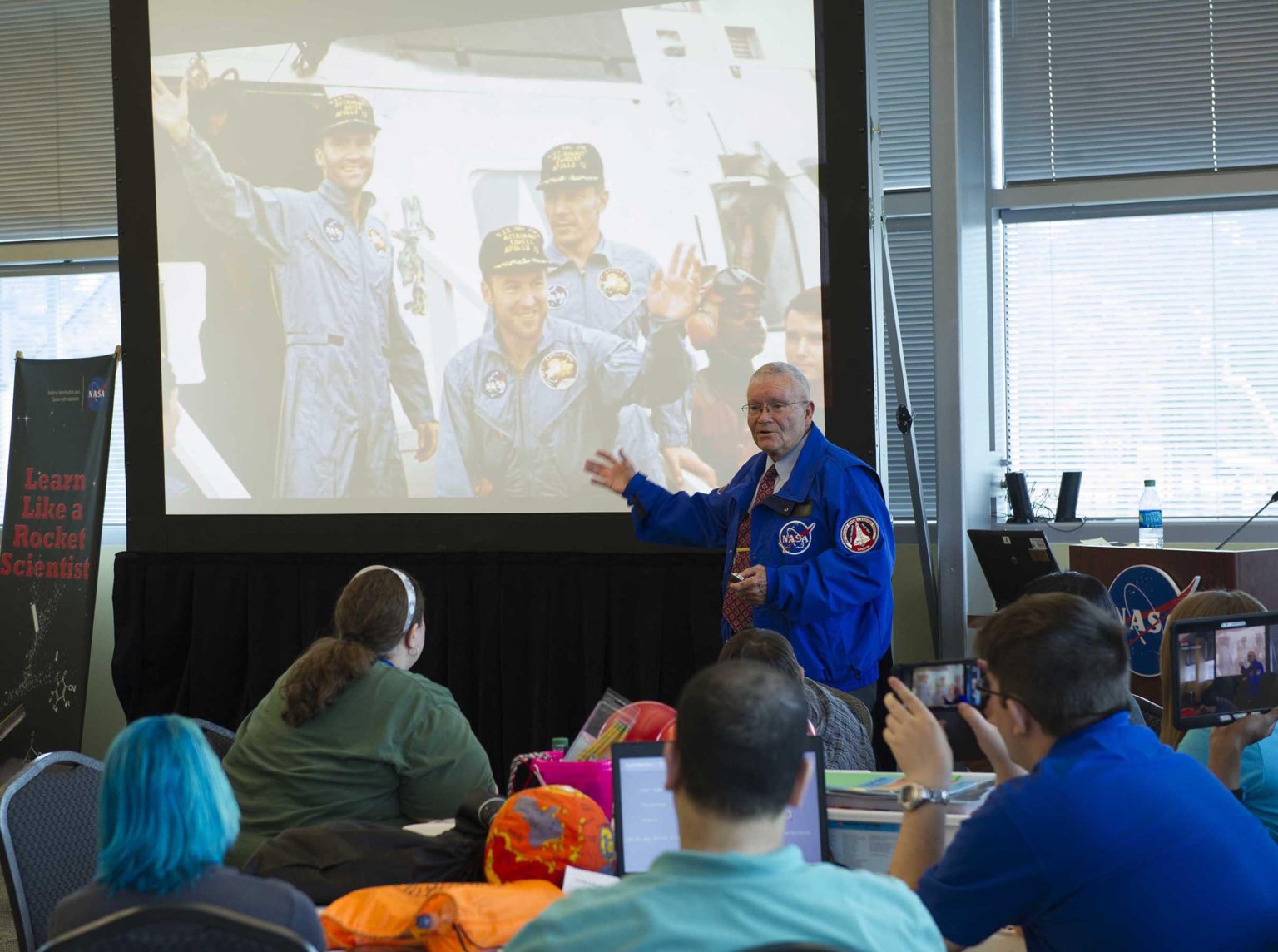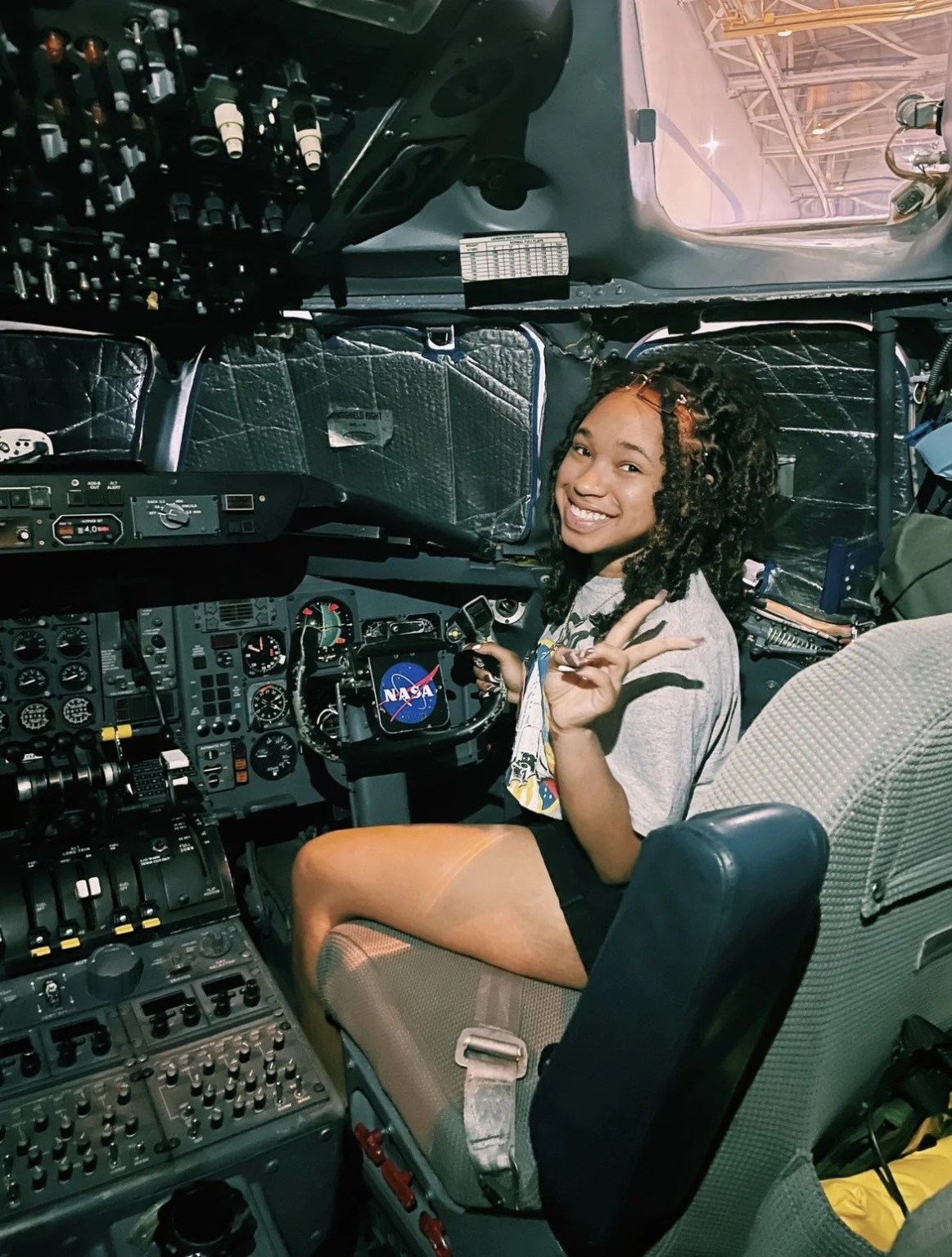NASA to Talk Science Highlights of First Artemis Robotic Moon Landing
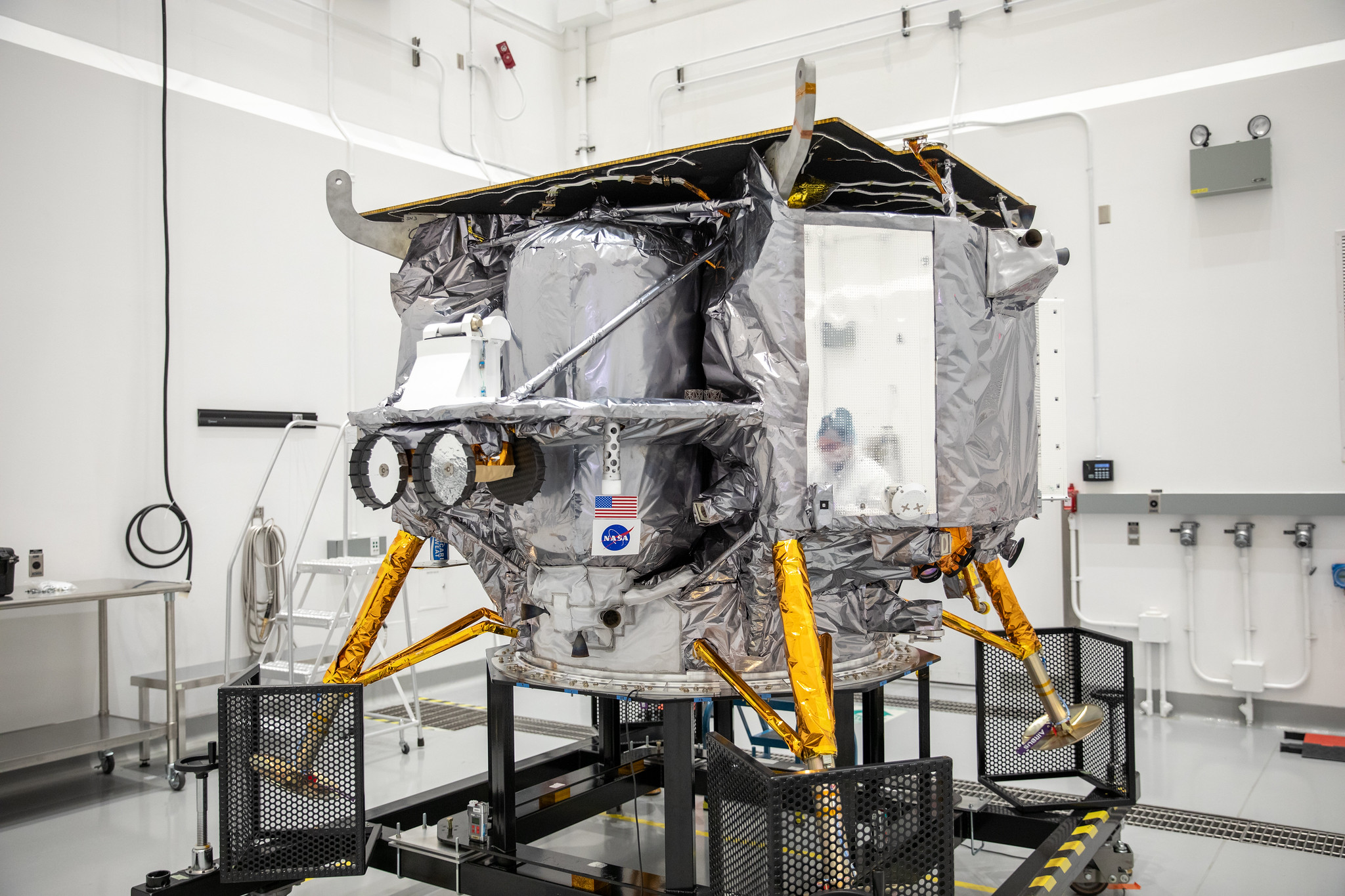
NASA will host a What’s on Board media teleconference at 2 p.m. EST Wednesday, Nov. 29, to discuss the science payloads flying aboard the first commercial robotic flight to the lunar surface as part of the agency’s CLPS (Commercial Lunar Payload Services) initiative under the Artemis program.
Carrying NASA and commercial payloads to the Moon, Astrobotic Technologies will launch its Peregrine lander on ULA’s (United Launch Alliance) Vulcan rocket. Liftoff of the ULA Vulcan rocket is targeted no earlier than Sunday, Dec. 24, from Launch Complex 41 at Cape Canaveral Space Force Station in Florida. The Peregrine lunar lander will touch down on the Moon in early 2024.
Audio of the call will stream on the agency’s website at:
Briefing participants include:
- Joel Kearns, deputy associate administrator for Exploration, Science Mission Directorate, NASA Headquarters in Washington
- Ryan Watkins, program scientist, Exploration Science Strategy and Integration Office, NASA Headquarters
- Chris Culbert, program manager, CLPS, NASA’s Johnson Space Center in Houston
- John Thornton, CEO, Astrobotic, Pittsburgh
To participate by telephone, media must RSVP no later than two hours before the briefing to: ksc-newsroom@mail.nasa.gov.
NASA awarded a task order for the delivery of scientific payloads to Astrobotic in May 2019. Among the items on its lander, the Peregrine Mission One will carry NASA payloads investigating the lunar exosphere, thermal properties of the lunar regolith, hydrogen abundances in the soil at the landing site, and magnetic fields, as well as radiation environment monitoring.
Through Artemis, NASA is working with multiple CLPS vendors to establish a regular cadence of payload deliveries to the Moon to perform experiments, test technologies, and demonstrate capabilities to help NASA explore the lunar surface. This pool of companies may bid on task orders to deliver NASA payloads to the Moon. Task orders include payload integration and operations, launching from Earth, and landing on the surface of the Moon. The indefinite delivery, indefinite quantity CLPS contracts have a cumulative maximum value of $2.6 billion through 2028.
With CLPS, as well as with human exploration near the lunar South Pole, NASA will establish a long-term cadence of Moon missions in preparation for sending the first astronauts to Mars.
For more Artemis updates, follow along at:
https://blogs.nasa.gov/artemis/
-end-
Karen Fox / Alise Fisher
Headquarters, Washington
202-358-1600 / 202-358-2546
karen.fox@nasa.gov / alise.m.fisher@nasa.gov
Nilufar Ramji
Johnson Space Center, Houston
281-483-5111
nilufar.ramji@nasa.gov
Antonia Jaramillo
Kennedy Space Center, Florida
321-501-8425
antonia.jaramillobotero@nasa.gov
Powered by WPeMatico
Get The Details…
Abbey A. Donaldson



